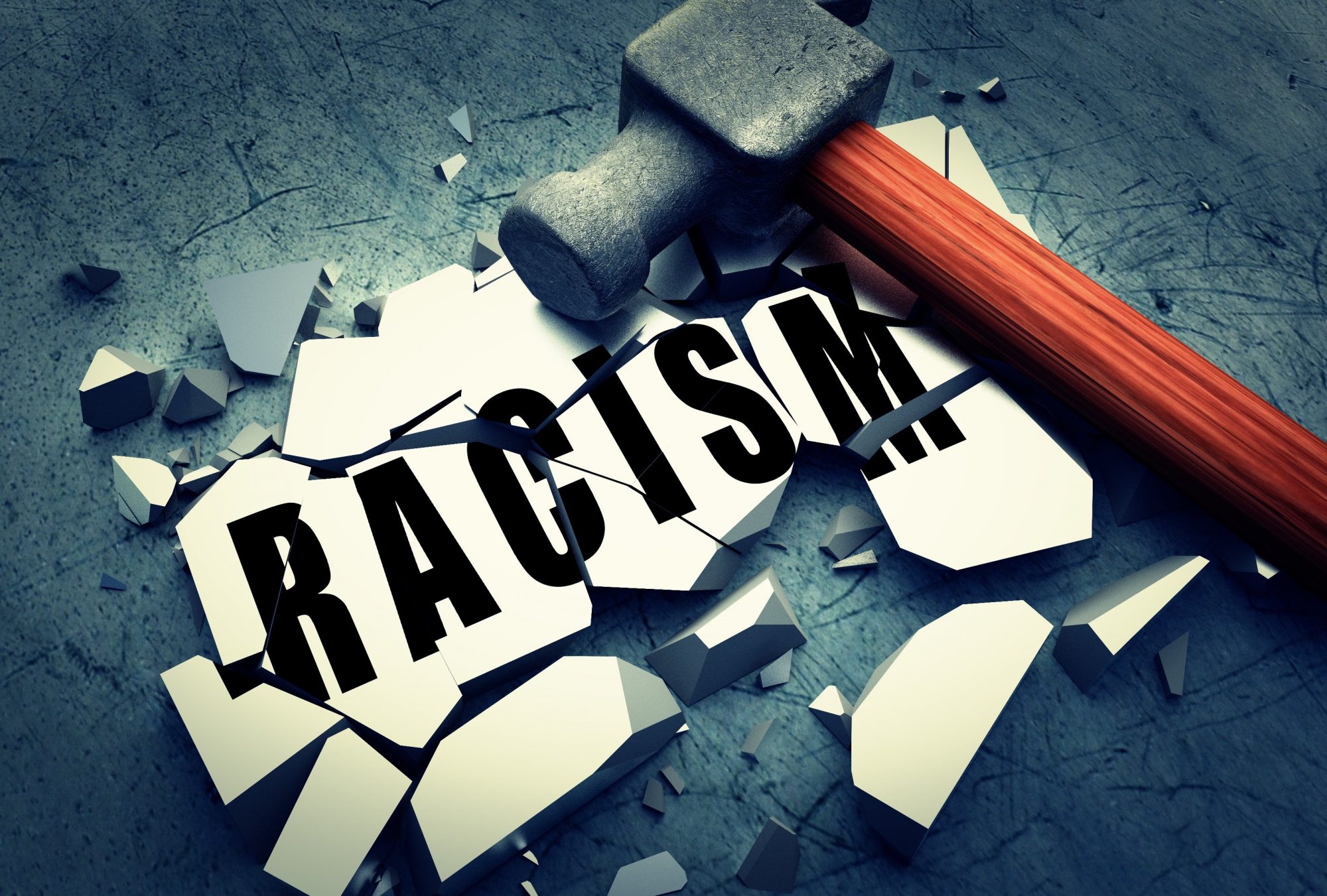I believe the lesson KaDerrius and I presented went well. In preparation for the class, we read the introduction along with the first two chapters of “Crook County” by Nicole Gonzalez Van Cleve. It was extremely interesting to learn more about the criminal justice system; more specifically to learn about about the extreme injustices throughout the system, primarily toward people of color, in Cook County, Chicago, but evidently all over the nation. After we explained the small facts about Cook County to familiarize the class, we showed statistics regarding the demographics in Cook County’s courthouse. The evidence showed that a majority of the judges, attorneys, and public defender’s – people make important decisions about the defendants future – were white, while the defendants were mostly colored, males. No one was surprised by these statistics; unfortunately, this demonstrates that the younger generation is accustomed to the injustice in courthouses.
There was a wealth of eye-opening information I learned about different cases, like a white judge screaming at a colored defendant. Therefore, I thought it would be a good idea to have my classmates discuss some of their initial reactions to let all their frustrations out. With some pages we gave them to reference, they discussed some of their findings in small groups. It was cool to walk around the small groups, and listen to what the groups were discussing. They each shared something unique – from the ways judges acted, the radicalized separation between the defendants and the professionals, and the system overall- which was great. We showed a slide with numerous images of black and brown men mug shots/faces to illustrate the office mentioned in the first page where they have photos of defendants of color. While at first the class wondered if the images on the slide we actually from Cook County, we received thoughtful responses to why these pictures serve as reminders to who is the target/victim in their minds.
We switched gears and showed a video about the Central Park Five which refers to the five colored teenage boys who were wrongfully convicted on raping a female jogger in Harlem. We showed the trailer for the Netflix film, “When They See Us”. Since some of the class was familiar with the series, we were able to discuss about how these boys related to some of the themes of injustice in the book. Additionally, our discussion went toward the lack of repercussions the female attorney who made officials falsify the evidence and how that portrays another form of injustice.
In order to relate the lesson to other important topics from previous lessons, we thought it would be great to discuss about how the criminal justice system connects to the idea of inheritance, and specifically the inheritance of the ghetto. However, due to time, we had to skip over that slide; also we briefly went over the next slide about Injustices in Justice that referred to the Us vs. Them mentality, “Dog Whistle Politics, and the “Time is a currency” referenced in the book. Thankfully, Professor Greene gave us time on Wednesday to briefly finish the presentation.
The connection between the Jim Crow Era and Cook County seemed clear to most individuals throughout this part of the discussion. I thought it was important to address the implements of a “separate but equal” mentality still encompassed in society today. People shared insightful messages from the book. In the regarding the slide “Negative Connotation”, some students seemed to agree to the question that there can be an ‘Us vs. Them’ between people of the same race. I agree, and thought of the question because some white judges were sometimes against white public defenders who wanted to support their colored defendants. However, my classmates did not believe that white privilege could be stripped away from other white people because white privilege is granted to everyone who is white in America. Since the color of one’s skin can not be taken away, neither can white privilege.
The topic, Code Switching, arose questions about what code switching actually means and ebonics. Although we provided definitions about front stage and backstage, people needed more in-depth information about them. Professor Greene had to step in for a little to calm the confusion. I think since KaDerrius and I understood what these terms meant, we mistakenly assumed everyone in the class would understand. I was especially intrigued by the amount of people who viewed code-switching as okay because everyone does it. Many agreed that code-switching did not have to be as drastic as the book described about the professionals because that leads to a moral issue. Some classmates believed that code switching was okay because evidently the person is still the same person as they were before. We ended with lingering questions about what progress needs to be made in the future to improve the justice system.
